The US Spaceship Neptune, a pressurized capsule expected to fly to an altitude of more than 30 km by balloon, can carry 9 people and is about 4 times larger than SpaceX's ship.
The first complete prototype of the Spaceship Neptune capsule. Video: Space Perspective
The US company Space Perspective has released images of the first complete test prototype of its Spaceship Neptune capsule, Interesting Engineering reported on February 21. Spaceship Neptune, the largest spacecraft ever built, according to Space Perspective, is essentially a pressurized capsule that flies at high altitudes underneath a giant balloon. "This capsule is unlike anything the world has ever seen," said Taber MacCallum, chief technology officer of Space Perspective.
Spaceship Neptune offers a host of amenities, including a living room with WiFi and a restroom. With a diameter of 4.9 meters and a pressurized capacity of more than 60 cubic meters, the spherical capsule is setting new standards in space travel. Spaceship Neptune has nearly twice the volume of Virgin Galactic's Spaceship Two and Blue Origin's New Shepard, and about four times the volume of SpaceX's Crew Dragon.
The cabin features large windows that provide panoramic views. Advanced window technology blocks harmful sunlight wavelengths and regulates the interior temperature. The spacious cabin can accommodate 8 passengers and a commander. Passengers will embark on a 6-hour journey, enjoying luxurious seating and premium amenities.
Interestingly, Spaceship Neptune will fly to an altitude of more than 30 km thanks to the SpaceBalloon at a speed of about 20 km/h. Without rockets or g-forces, this is the most accessible way to travel to space and is as easy as flying, Space Perspective said.
Space Perspective plans to begin spaceflights in 2025. About 1,750 seats have been reserved, each costing $125,000. The company expects to sell 4,000 seats by the end of the year. The company has completed development of its first SpaceBalloon prototype, according to a new announcement.
Thu Thao (According to Interesting Engineering )
Source link



![[Photo] Nhan Dan Newspaper announces the project "Love Vietnam so much"](https://vstatic.vietnam.vn/vietnam/resource/IMAGE/2025/4/17/362f882012d3432783fc92fab1b3e980)
![[Photo] General Secretary To Lam receives French Ambassador to Vietnam Olivier Brochet](https://vstatic.vietnam.vn/vietnam/resource/IMAGE/2025/4/17/49224f0f12e84b66a73b17eb251f7278)

![[Photo] National Assembly Chairman Tran Thanh Man meets with outstanding workers in the oil and gas industry](https://vstatic.vietnam.vn/vietnam/resource/IMAGE/2025/4/17/1d0de4026b75434ab34279624db7ee4a)
![[Photo] Closing of the 4th Summit of the Partnership for Green Growth and the Global Goals](https://vstatic.vietnam.vn/vietnam/resource/IMAGE/2025/4/17/c0a0df9852c84e58be0a8b939189c85a)
![[Photo] Promoting friendship, solidarity and cooperation between the armies and people of the two countries](https://vstatic.vietnam.vn/vietnam/resource/IMAGE/2025/4/17/0c4d087864f14092aed77252590b6bae)



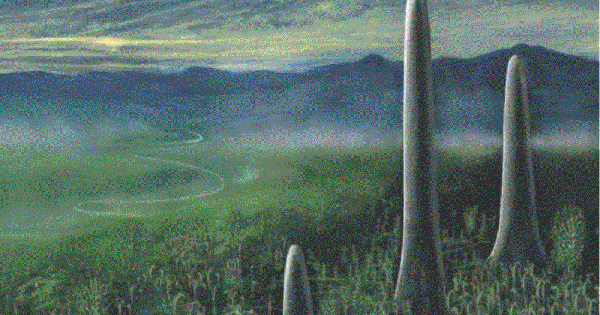
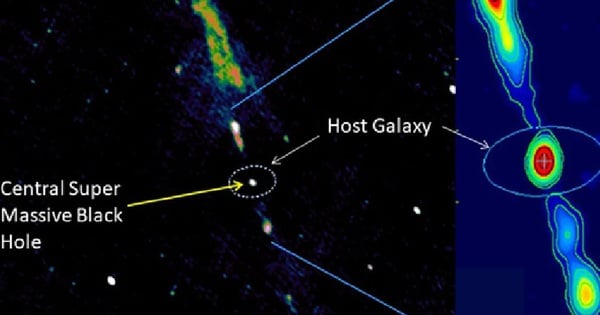
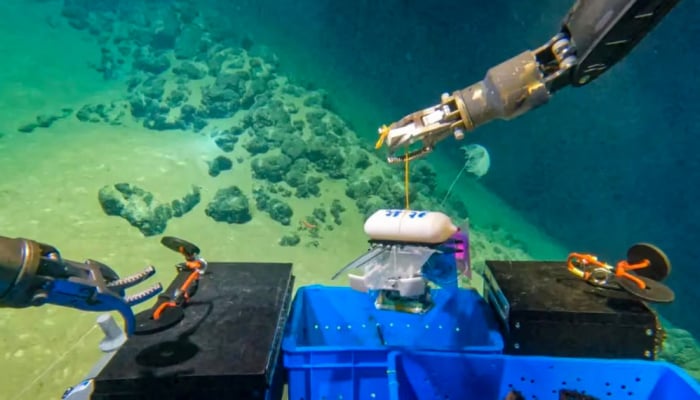


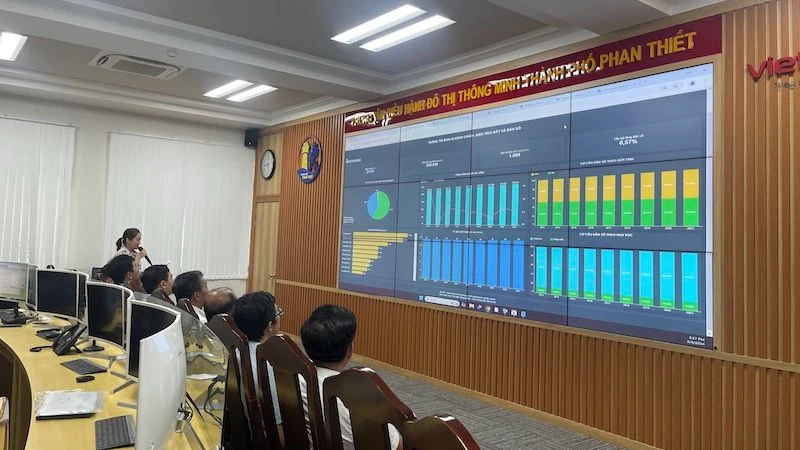










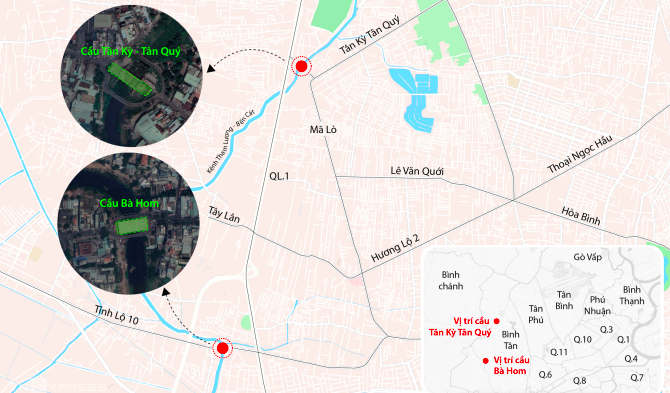


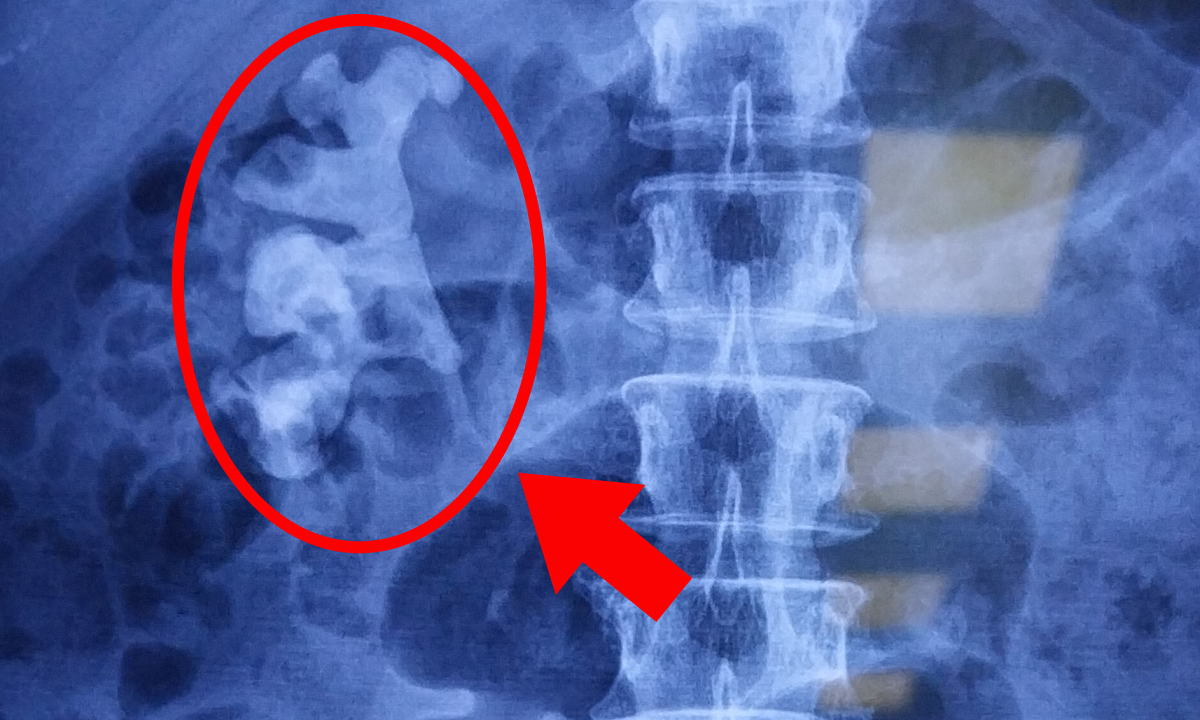

![[Photo] Welcoming ceremony for Chinese Defense Minister and delegation for friendship exchange](https://vstatic.vietnam.vn/vietnam/resource/IMAGE/2025/4/17/fadd533046594e5cacbb28de4c4d5655)


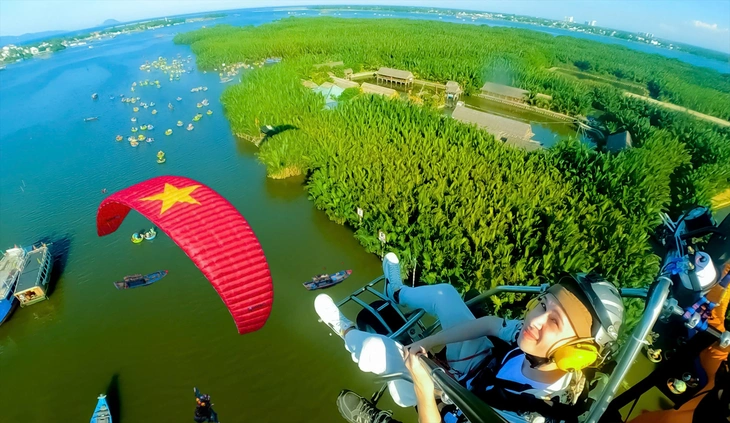

























![[Video] Viettel officially puts into operation the largest submarine optical cable line in Vietnam](https://vstatic.vietnam.vn/vietnam/resource/IMAGE/2025/4/17/f19008c6010c4a538cc422cb791ca0a1)

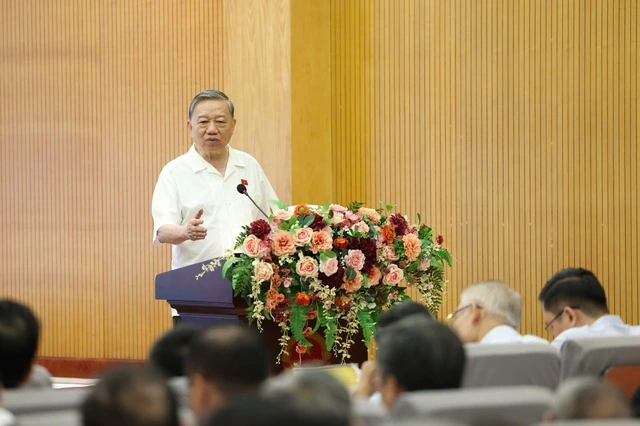





































Comment (0)